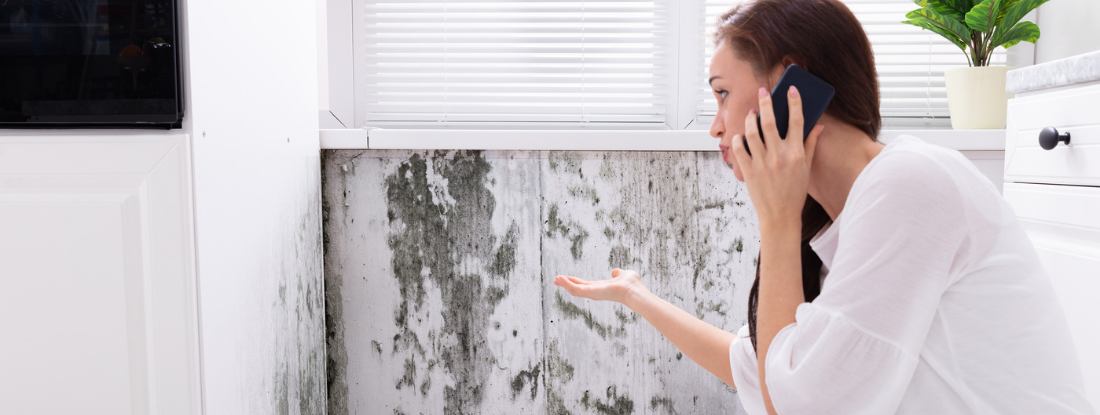Support on What to Do After Mold Remediation
Your Ultimate Guide to Post Mold And Mildew Removal Techniques
Navigating the world of post-mold removal methods is a precise process that demands focus to information and a comprehensive understanding of the complexities involved. In the results of mold and mildew invasion, recognizing exactly how to efficiently eradicate the mold and mildew and prevent its reoccurrence is paramount for keeping a healthy interior setting. From choosing the best cleansing and decontaminating methods to executing methods for long-term mold and mildew avoidance, each action in the remediation journey plays a critical function in guaranteeing an effective result. As we embark on this expedition of post-mold remediation strategies, we will certainly discover the key methods and best techniques that can aid you restore your area to its pre-mold problem and secure it against future mold and mildew risks.
Understanding Post-Mold Remediation Refine
After finishing the mold remediation process, it is vital to recognize the post-mold removal techniques that are necessary to ensure a extensive and efficient cleaning. When the mold has been removed, the following action involves cleansing and sanitizing the influenced locations to stop any type of regrowth of mold and mildew. This includes using specialized cleaning representatives to clean down surfaces and kill any type of continuing to be mold spores. It is crucial to dry out the location completely to discourage the development of mold and mildew in the future (what to do after mold remediation). Correct ventilation and dehumidification can aid in this procedure.
Moreover, performing a last examination post-remediation is essential to make certain that all mold and mildew has been successfully eliminated. This inspection ought to involve a comprehensive aesthetic check in addition to possibly air tasting to verify the absence of mold and mildew spores in the air. Extra removal might be needed if the examination reveals any remaining mold and mildew. Finally, educating residents on safety nets such as controlling wetness levels and quickly dealing with any type of water leakages can assist keep a mold-free setting.
Efficient Cleaning and Decontaminating Approaches

Protecting Against Future Mold And Mildew Growth

Significance of Appropriate Air Flow
Appropriate ventilation plays an essential role in preventing wetness accumulation, a crucial variable in mold development within interior environments. Efficient air flow systems aid remove excess humidity from the air, minimizing the chances of mold and mildew spores finding the moisture they need to germinate and spread. Without ample ventilation, interior spaces can become a find out this here reproduction ground for mold and mildew, resulting in possible health dangers and architectural damage.
By making sure correct air flow, ventilation systems can additionally help in drying damp locations faster after water damage or flooding events, additionally preventing mold development. After mold remediation. In rooms like shower rooms, basements, attic rooms, and kitchens where wetness degrees tend to be higher, setting up and preserving effective ventilation systems is vital in preventing mold and mildew invasions

Tracking and Maintenance Tips
Offered the crucial role that appropriate ventilation plays in avoiding mold and mildew development, it is necessary to develop efficient monitoring and upkeep suggestions to ensure the ongoing functionality of air flow systems. Routine evaluations of air flow systems need to be performed to look for any kind of indications of clogs, leaks, or breakdowns that might hinder appropriate air movement. Monitoring moisture levels within the home is likewise essential, as high moisture can contribute to mold and mildew development. Installing a hygrometer can aid track moisture degrees and sharp house owners to any spikes that might call for attention. In addition, guaranteeing that air filters are consistently cleaned or changed is vital for keeping the performance of the ventilation system. Carrying out a routine for regular maintenance tasks, such as duct cleansing and cooling and heating system inspections, can aid avoid problems prior to they escalate. By staying alert and proactive to the problem of ventilation systems, homeowner can effectively alleviate the risk of mold and mildew regrowth and preserve a healthy and balanced interior environment.
Conclusion
To conclude, post-mold removal strategies are crucial for making sure a clean and risk-free setting. Comprehending the procedure, executing reliable cleansing and sanitizing techniques, stopping future mold and mildew growth, keeping correct ventilation, and regular tracking are all important action in the removal procedure. By following these standards, you can efficiently remove mold and stop its return, working or advertising a healthy and balanced living room for all owners.
In the after-effects of mold problem, recognizing exactly how to efficiently eliminate the mold and mildew and avoid its reoccurrence is vital for preserving a healthy and read here balanced indoor environment. Once the mold and mildew has been eliminated, the next action involves cleaning and disinfecting the affected areas to protect against any type of regrowth of mold - After mold remediation. After eliminating noticeable mold development, it is important to clean up all surface areas in the damaged location to get rid of any type of remaining mold and mildew spores. To even more improve mold prevention measures, it is crucial to address underlying issues that initially led to mold and mildew development.Offered the critical role that proper ventilation plays in protecting against mold development, it is essential to develop effective surveillance and maintenance pointers to ensure the ongoing capability of ventilation systems